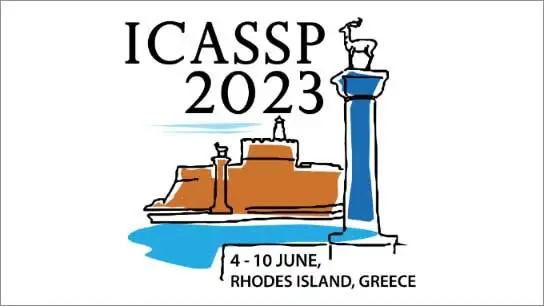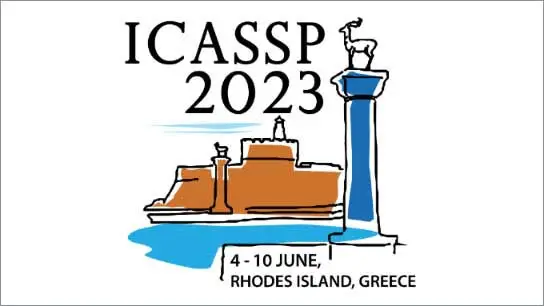Multi-object Localization and Irrelevant-semantic Separation for Nuclei Segmentation in Histopathology Images
Ya Tang (Xiangtan University); Xiongjun Ye (Department of Urology, Chinese Academy of Medical Sciences and Peking Union Medical College, Beijing, 100021); Xuanya Li (Baidu); Zhineng Chen (School of Computer Science, Fudan University)
-
Members: FreeSPS
IEEE Members: $11.00
Non-members: $15.00
07 Jun 2023
Automated segmentation of nuclei in histopathology images is critical for cancer diagnosis and prognosis. Due to the high variability of nuclei morphology, numerous nuclei overlapping, and the wide existence of nuclei clusters, this task still remains challenging. In this paper, we propose an effective nuclei segmentation method for histopathology images based on a novel neural network for multi-object localization and irrelevant-semantic separation (MI-Net), which includes a multi-object localization module (MOLM), a deep boundary awareness module (DBAM), and an irrelevant semantic separation module (ISSM). Specifically, the MOLM is used to calibrate features to capture more comprehensive information about the location of nuclei. It alleviates the problem of cell adhesion in histopathology images. The DBAM is intended to extract boundary information and solve the blurred boundary problem effectively. The ISSM is used to separate foreground features from background features and effectively address the problem of complex backgrounds in histopathology images. It also solves the low contrast problem between the target objects and the background. We evaluate MI-Net on the famous MoNuSeg dataset and compare it with ten state-of-the-art methods. MI-Net surpasses the best-performed method by margins from 1.12\% to 2.29\% over standard evaluation metrics, showing its effectiveness on nuclei segmentation.



